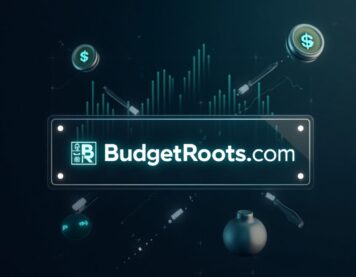- Introduction
- Personal Finance & Debt Management
- Alternative Financial Strategies
- Cryptocurrency & Trading
- Frequently Asked Questions
- Conclusion
[toc]
Introduction
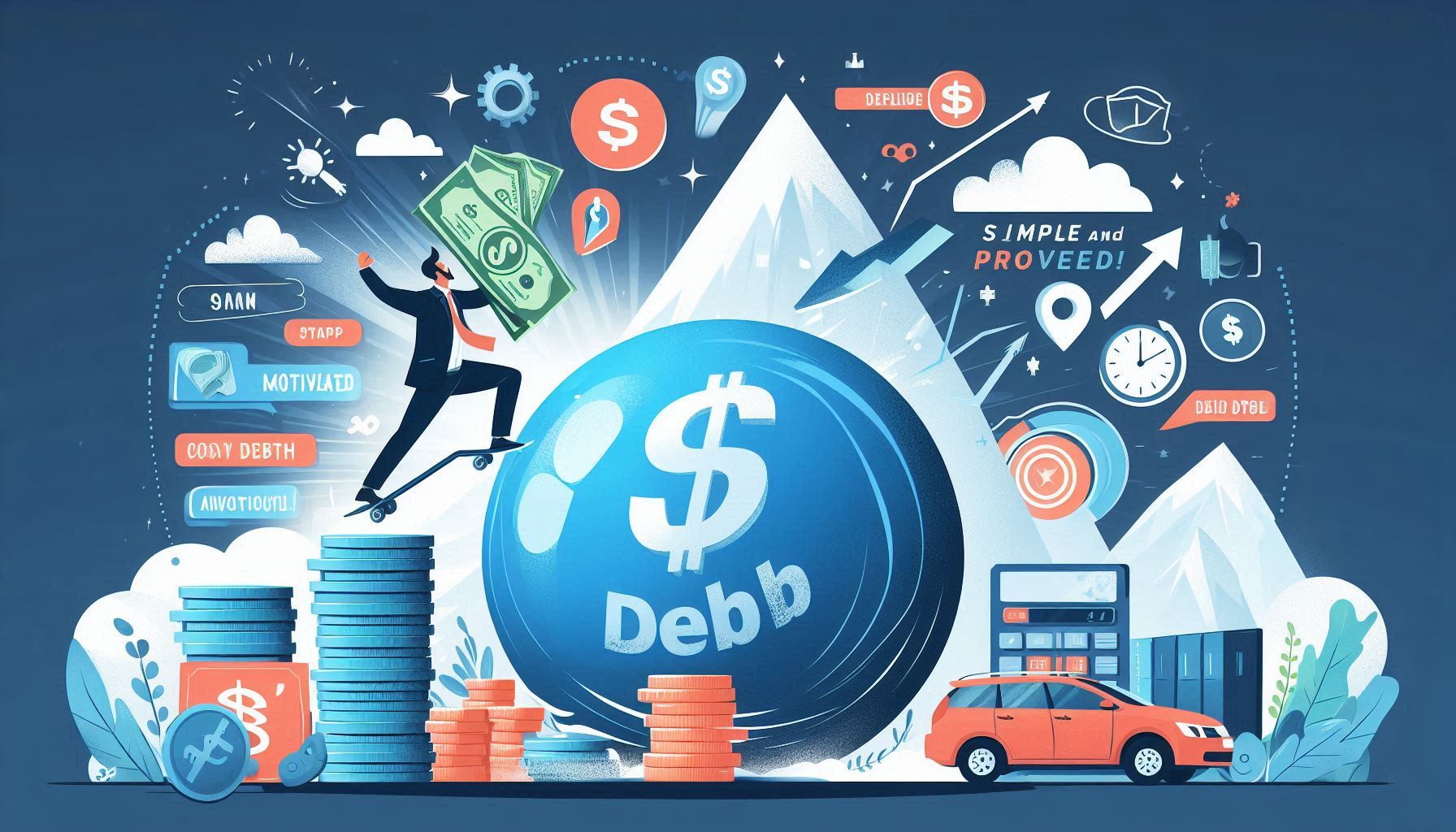
Money problems stress everyone out, but I’ve learned through years of mistakes and wins that getting your finances straight isn’t rocket science. Whether you’re sinking in credit card debt like I was three years ago, annoying to figure out crypto trading, or just want to stop living pay to pay, this guide covers the real stuff that actually works. I’m not some financial consultant trying to sell you decorative products – I’m just a regular person who went from financial anarchy to having control over my money, and I want to share what I learned the hard way so you don’t have to make the same dumb mistakes I did.
Personal Finance & Debt Management
Building Your Debt Elimination Strategy
The debt snowball method really changed my family’s financial life back in 2018. You pay off small debts first, then move to bigger ones. This gave us quick wins that kept us going. I tell people to grab a debt snowball method PDF from the internet or make a simple debt snowball spreadsheet on their computer. My neighbor Sarah used a debt snowball worksheet PDF she printed at work. She wrote down every debt from tiny to huge amounts. Don’t worry about interest rates yet. You can get a free printable debt snowball worksheet from many websites. I like the debt snowball tracker printable because you can cross off debts as you finish them. My brother loves computers, so he uses a debt snowball Excel template that does math for him. The Dave Ramsey debt snowball Excel sheet is popular because it shows when you’ll be debt-free. Pick what works for you – maybe a basic snowball method spreadsheet or a fancy debt payoff worksheet Excel. The main thing is writing everything down. A good debt reduction spreadsheet needs spaces for who you owe, how much you owe, monthly payments, and when you want to finish paying. Paying off small debts first feels amazing and keeps you motivated, even if it costs more in interest than other methods.
Debt Quotes & Motivation

Powerful Debt Snowball Method to Crush Debt Fast
When I was drowning in credit card bills three years ago, my mom sent me a list of debt freedom quotes that I stuck on my bathroom mirror. Reading those words every morning helped me stay focused on my goal. My favorite debt-free quotes reminded me that freedom costs less than slavery to monthly payments. I collected quotes about debt-free living from books, websites, and even my grandmother’s old journals. She used to say “A penny saved beats a dollar borrowed” which sounds old-fashioned but makes perfect sense. Sometimes you need humor to get through tough times, so I also found funny quotes about borrowing money that made me laugh instead of cry. One said “I’m not broke, I’m just pre-rich” which cracked me up during my worst financial days. These sayings became my daily fuel when I wanted to give up on budgeting. I printed them on small cards and kept them in my wallet next to my credit cards as reminders. Friends thought I was crazy for talking to myself using these quotes, but they worked. Words have power when you’re trying to change your money habits, and the right quote at the right moment can push you through another day of saying no to unnecessary purchases.
Budgeting & Financial Tools
Last month, my friend asked me “Do people still balance checkbooks” and I had to laugh because I still do it old-school style. Many folks think they can just let my bank handle my checkbook register through online banking, but that’s how overdraft fees sneak up on you. I learned this lesson the hard way in 2019 when I trusted my bank app completely and got hit with three surprise fees in one week. Now I keep a small wallet check register in my purse for writing down every purchase right when it happens. My dad taught me to use a desk checkbook register at home for bigger bills and monthly planning sessions. The key is creating an allocated spending plan where every dollar has a job before you spend it. I sit down every Sunday with my coffee and write out exactly where my money will go that week. Some people think this sounds boring or old-fashioned, but it saved me from living paycheck to paycheck. My sister tried going digital-only with budgeting apps, but she kept forgetting to log purchases and her spending got out of control again. The combination of writing things down by hand and checking your bank account online gives you the best of both worlds for staying on top of your money.
https://budgetroots.com/investing-wealth-building/principal-investment-funds/
Bankruptcy & Financial Hardship
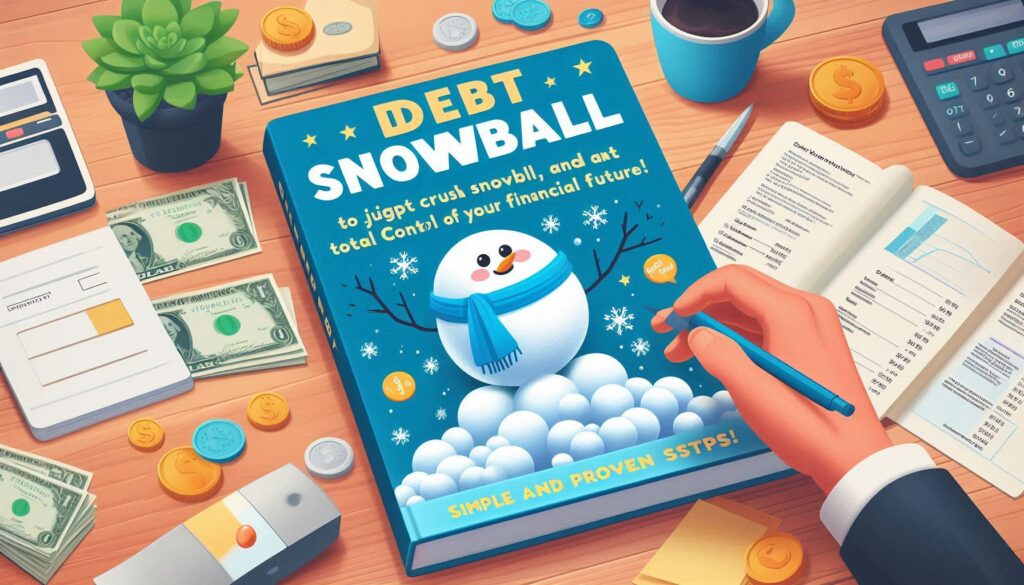
https://www.nerdwallet.com/article/finance/what-is-a-debt-snowball
My cousin Tom found himself googling “Should I file bankruptcy quiz” at 2 AM after his business failed in 2020. He was terrified and wondering “Can you keep a house in bankruptcy” because his family needed somewhere to live. The stress got so bad that when someone knocked on his door, he immediately thought about all the reasons police come to your house related to debt issues. Financial hardship can make you paranoid about every visitor, especially when you’re behind on payments and wondering “Why would a sheriff come to your house” for civil matters like foreclosure or debt collection. Tom learned that bankruptcy isn’t the end of the world and you often can protect your primary home through exemptions. The sheriff visits are usually for serving papers, not arrests, but the fear is real when you’re drowning in bills. I helped him understand that law enforcement might come to deliver court documents about lawsuits or foreclosure proceedings, but these visits are procedural, not criminal. Taking that online quiz helped him realize he had other options before filing, like debt consolidation or negotiating payment plans. The hardest part was admitting he needed help and stopping the cycle of worry about who might show up at his door next.
Alternative Financial Strategies
My brother Jake got sick of following Dave Ramsey’s rules exactly, so he looked for alternatives to Dave Ramsey that felt better for him. He talked to some money people who said you can invest and pay off debt at the same time. I told him to watch out for HELOC fraud where crooks trick you into borrowing against your house for stupid investments. Jake saw ads from guys like annuity leads James Dooley who claim they can make you rich quick with fancy money stuff. I showed him Dave Ramsey annuity advice where Dave says most people shouldn’t buy those expensive things. Look, Dave’s way works good for lots of folks, but some people do better with other plans. You might try paying off high-interest debt first or investing a little while paying bills. Just don’t fall for scams that promise easy money fast. You could try working with honest money advisors who don’t sell you junk, or use simple apps to track your spending. Maybe follow other smart people like Suze Orman who give decent advice. The main thing is picking something you can actually do for years, not just a few months. Stay away from anyone who says you’ll get rich without work or wants to sell you expensive insurance as an investment.
Cryptocurrency & Trading
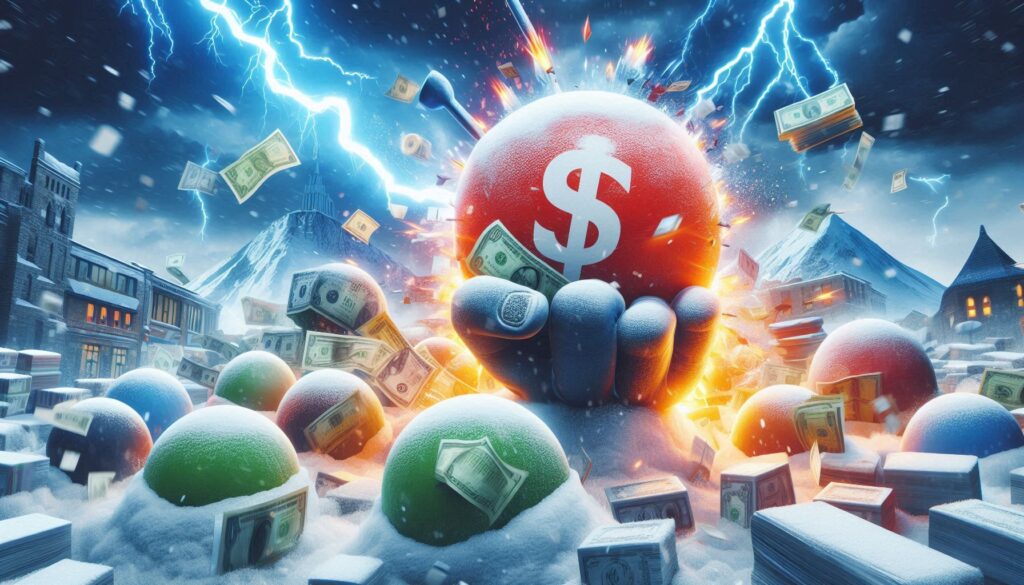
https://www.moneyfit.org/debt-snowball
Crypto Market Trends
I’ve been watching crypto charts since 2017, and right now everyone’s talking about the next crypto bull run (2024/2025) that might be starting. My trading buddy Mike checks crypto bull run news every morning with his coffee, looking for signs that big money is flowing back in. Last month we saw a nasty crypto market correction that scared a lot of new investors, but us old-timers know these dips are normal and sometimes create great buying chances. I learned to spot a crypto flag pattern on Bitcoin charts, which looks like a little rectangle after a big price move up or down. When Bitcoin hit $73,000 earlier this year, then dropped to $58,000, that correction shook out weak hands but set up a perfect flag formation. The news cycle drives so much of crypto trading now, with every tweet from big companies or government announcements moving prices like crazy. Mike lost $3,000 trying to time the market perfectly during the last correction, but I told him to zoom out and look at bigger patterns instead of day-to-day noise. Smart money waits for clear signals like multiple green weeks, increasing trading volume, and positive regulatory news before jumping in heavy. The flag patterns I watch usually break out within two weeks, giving you a decent entry point if you’re patient and don’t panic during the boring sideways movement.
Coin Predictions & Investments
Last week my nephew asked me “Which coin will reach $1 in 2025” and I had to laugh because that’s exactly what I wondered when I started trading in 2019. Everyone wants to find that magic cheap cryptocurrency that will explode and make them rich overnight, but I learned the hard way that most predictions are just wild guesses. I’ve been tracking Cronos crypto price prediction charts for months since it’s tied to Crypto.com’s growth, and the technical analysis looks decent if they keep expanding their partnerships. My friend Sarah made $500 using a Pepe coin price calculator to figure out how many tokens she could afford, then sold when the meme hype peaked last spring. The best penny crypto to buy now changes every week based on news, social media buzz, and market conditions that nobody can predict perfectly. I remember buying XRP at 30 cents thinking it would hit $5, but regulatory drama kept it stuck for two years. The smart approach is spreading small amounts across multiple low-price coins instead of betting everything on one moonshot. Most YouTube influencers pushing price predictions are just trying to pump their own bags, so I stick to coins with real utility and strong development teams. Never invest more than you can afford to lose completely, because even the best research can’t predict which regulatory hammer will drop next.
Trading Strategies & Tools
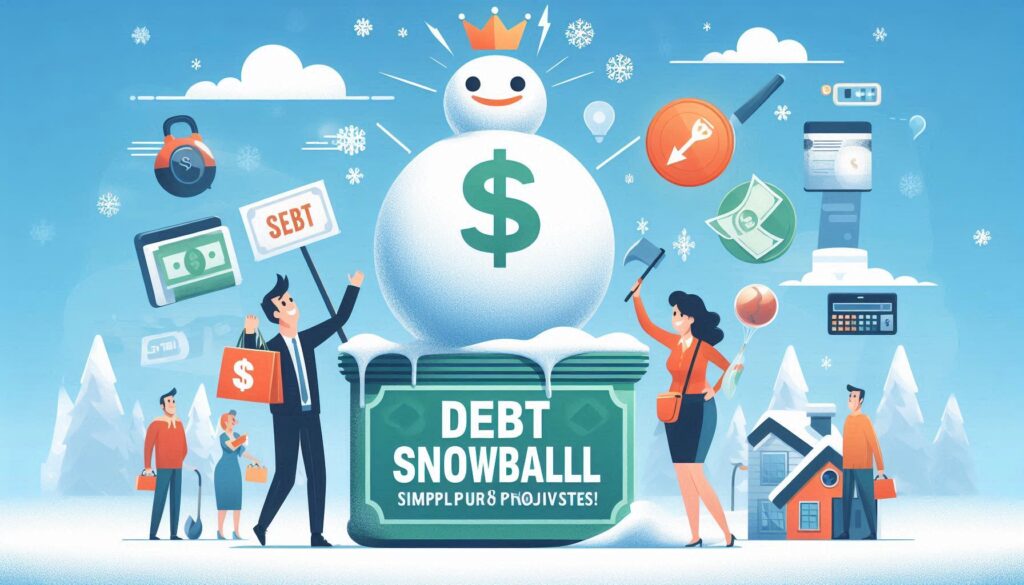
When I first started crypto contract trading for beginners, I quickly learned that understanding the fundamental differences between trading approaches can make or break your portfolio. The most crucial distinction every new trader must grasp is spot trading vs. futures trading – where spot trading involves buying and holding actual cryptocurrencies, futures trading allows you to speculate on price movements without owning the underlying asset, offering both higher potential returns and significantly greater risk through leverage.
The Wyckoff market cycle has become my go-to framework for understanding market psychology and timing entries. This century-old methodology identifies four distinct phases: accumulation (smart money quietly buying), markup (public awareness growing), distribution (smart money selling to retail), and markdown (price declining). During my trading journey, I’ve noticed that recognizing these phases helps predict major market movements, especially when combined with the golden pocket Fibonacci retracement levels between 61.8% and 65% – an area where price often finds strong support or resistance during trend corrections.https://budgetroots.com/emergency-loans/instant-cash-relief-guide/
For traders seeking diversified exposure without the complexity of managing multiple positions, crypto basket ETF products have emerged as game-changers, offering professionally managed portfolios of top cryptocurrencies through traditional brokerage accounts. These instruments eliminate the need for wallet management and private key security while providing institutional-grade custody, making them particularly attractive for those transitioning from traditional finance into the crypto space.
Blockchain & Web3
I’ll be honest – what is metaverse shopping didn’t click for me until I actually tried buying a pair of digital sneakers in Decentraland last year using my Web3 browsers setup (I use Brave with MetaMask extension), and man, it was wild actually owning something that exists purely online but has real value. The whole thing works because these ISO 20022 crypto coins like XRP are building bridges between old-school banking and new crypto tech – I remember reading how JPMorgan and other big banks are already testing this stuff because ISO 20022 is basically the language banks use to talk to each other worldwide. What blew my mind was realizing I could buy virtual real estate in one platform, then sell digital art in another, all while my wallet stays connected through the same Web3 browser without creating a dozen different accounts or trusting some company with my credit card info. The craziest part is watching traditional retailers like Nike and Adidas jump into virtual stores where you can buy both physical and digital versions of products using the same transaction, and it all settles faster than my usual online shopping because there’s no middleman processing payments for three business days.
Frequently Asked Questions
What’s the best way to pay off debt when you have multiple credit cards?
The debt snowball method changed my life back in 2018 – you pay off the smallest debts first regardless of interest rates. Yeah, you might pay more in interest overall, but those quick wins keep you motivated when you want to give up. I printed a free debt snowball worksheet and crossed off each debt as I killed it, which felt amazing and kept me going through the tough months.
Do I really need to balance my checkbook in 2024?
Absolutely yes, and I learned this lesson the hard way when I got three overdraft fees in one week trusting my bank app completely. I keep a small wallet check register for every purchase and use a desk checkbook register at home for monthly planning. Your bank’s app is helpful, but it doesn’t show pending transactions or help you plan where every dollar should go before you spend it.
Should I file for bankruptcy if I’m drowning in debt?
Take an online “should I file bankruptcy quiz” first to see all your options before making that huge decision. My cousin Tom almost filed after his business failed, but he found out about debt consolidation and payment plans that worked better for his situation. You can often keep your house in bankruptcy, but try everything else first because bankruptcy stays on your credit report for years.
Which cryptocurrency will make me rich in 2025?
Nobody knows which coin will explode next, and anyone claiming they do is probably trying to sell you something. I’ve been trading since 2017 and learned to spread small amounts across multiple cheap coins instead of betting everything on one moonshot. The best penny crypto changes every week based on news and hype, so never invest more than you can afford to lose completely.
What’s the difference between spot trading and futures trading in crypto?
Spot trading means you actually buy and own the cryptocurrency, while futures trading lets you bet on price movements without owning anything. Futures trading offers higher potential profits but way more risk through leverage – I’ve seen beginners lose thousands in minutes. Start with spot trading to learn the basics before even thinking about futures contracts.
How do I know when the next crypto bull run is starting?
I watch for multiple green weeks, increasing trading volume, and positive news about regulations or big companies adopting crypto. The crypto flag pattern on charts also gives decent entry signals when it breaks out within two weeks. My buddy Mike lost $3,000 trying to time it perfectly, so I focus on bigger trends instead of daily price swings that drive you crazy.
Is Web3 and metaverse shopping actually real or just hype?
I was skeptical until I bought digital sneakers in Decentraland using my Web3 browser setup with MetaMask – it blew my mind that I actually owned something purely digital with real value. Traditional retailers like Nike and Adidas are building virtual stores where you can buy both physical and digital products in the same transaction. It’s real, but still early, and the technology is clunky compared to regular online shopping.
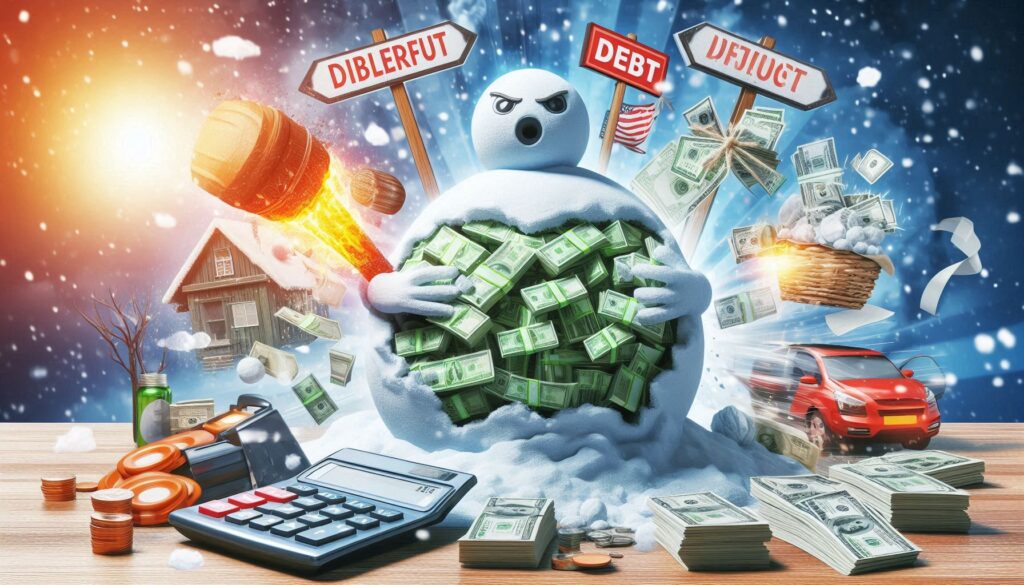
Conclusion
Look, getting your money right takes time and lots of trial and error, but it’s totally doable if you stick with simple strategies that actually work. I went from checking my bank balance in grocery store parking lots (hoping my card wouldn’t get declined) to having an emergency fund and making decent money in crypto – not because I’m some genius, but because I finally stopped making the same stupid mistakes over and over. Start with basics like tracking every dollar, paying off debt using methods that keep you motivated, and never investing more than you can afford to lose in risky stuff like crypto. The hardest part isn’t learning what to do – it’s actually doing it consistently for months and years, even when it’s boring or when you want to buy something you can’t afford.
